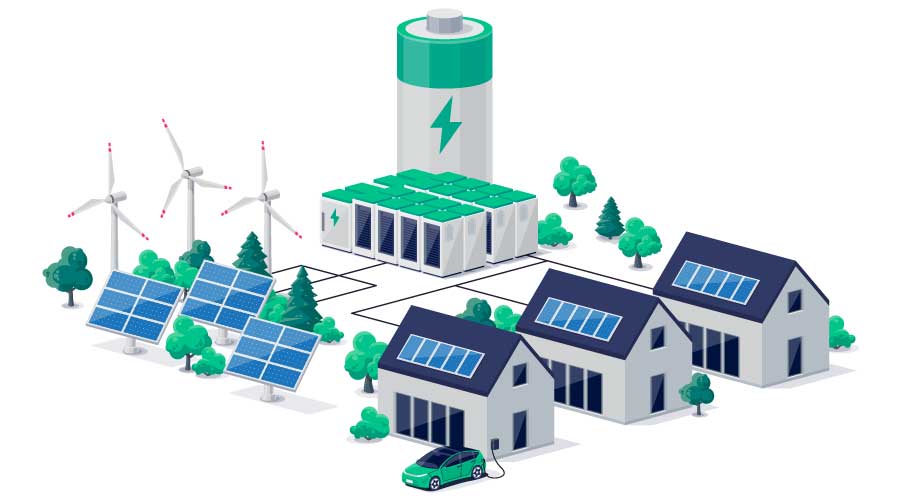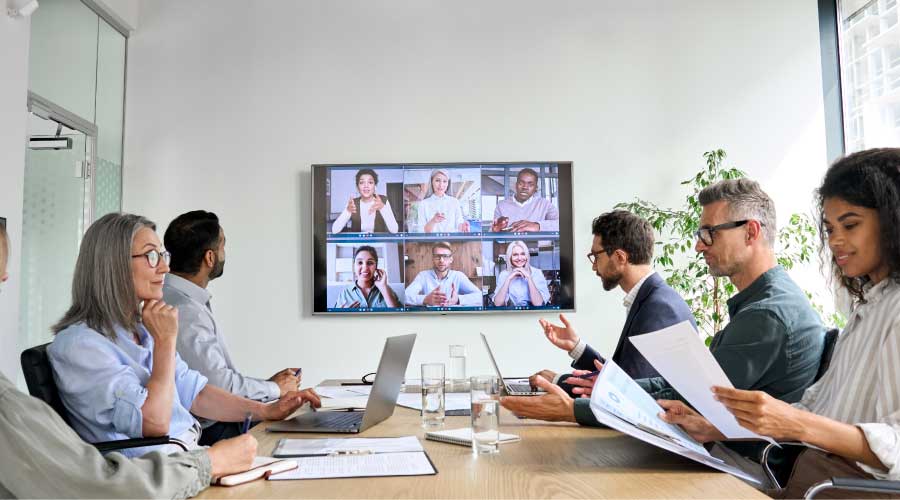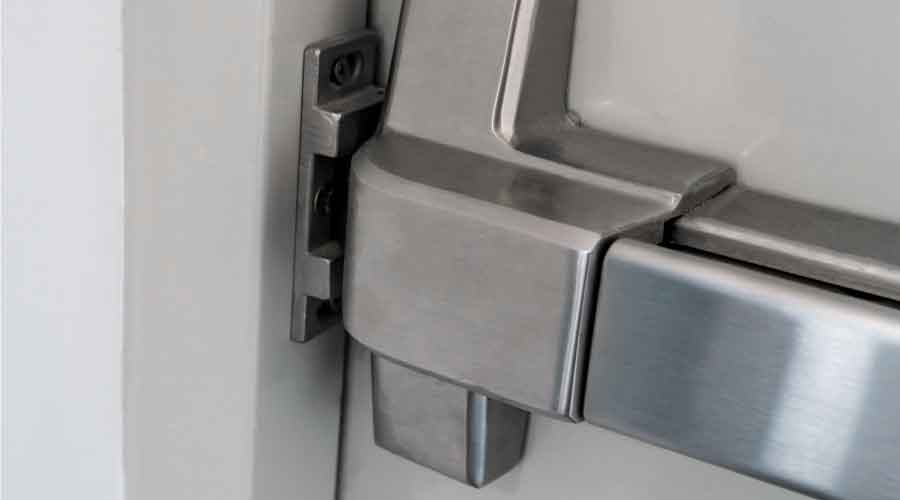
What Are Virtual Power Plants?
VPPs are a resilience strategy – they can help facilities stay in operation during and after a natural disaster. March 29, 2023
By Greg Zimmerman, senior contributing editor
Buildings are getting more and more sophisticated – they can literally power themselves now. Sure, net-zero energy buildings are nothing new, neither in concept nor execution. But these days they’re becoming the norm rather than the tip of the spear in some design communities. Regenerative buildings are becoming more prevalent as well – buildings that actually add energy to the grid. And many experts believe regenerative buildings are the way forward to help mitigate the worst of the impending climate crisis.
In that vein, virtual power plants are gaining momentum as well. Rocky Mountain Institute (RMI) offers this definition for VPPs: “A virtual power plant (VPP) is a collection of small-scale energy resources that, aggregated together and coordinated with grid operations, can provide the same kind of reliability and economic value to the grid as traditional power plants.”
Facility managers are probably familiar with the term “islanding” -- this means in the event of a disaster a facility can island itself from the grid and continue operations. VPPs create the possibility of a similar strategy. VPPs include a variety of facility technologies, including EV charging stations, electric vehicles themselves, solar panels, smart thermostats, HVAC equipment, and any type of battery.
RMI points out five benefits of VPPs, including reliability, affordability, decarbonization, electrification, and health and equity. RMI has also launched the Virtual Power Plant Partnership (VP3) as a way to instruct the buildings industry on the benefits of VPPs.
Greg Zimmerman is senior contributing editor for FacilitiesNet.com and Building Operating Management magazine.
Next
Read next on FacilitiesNet












